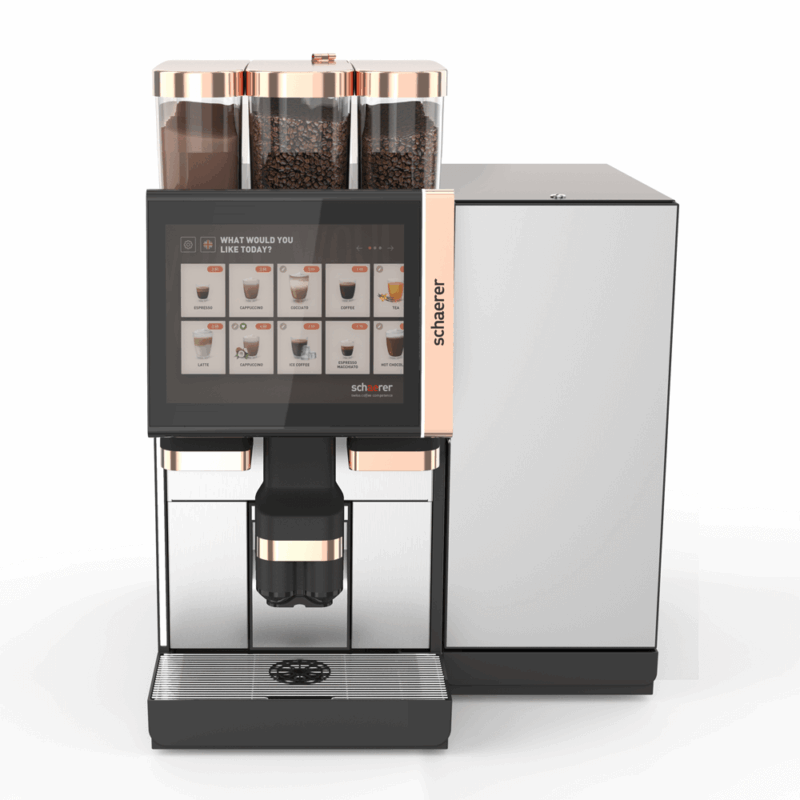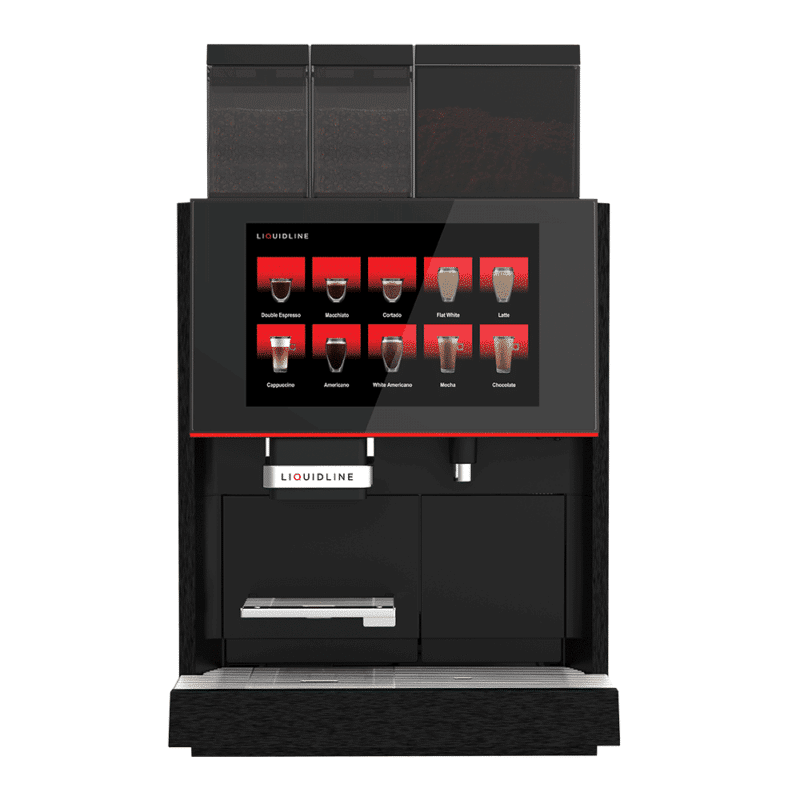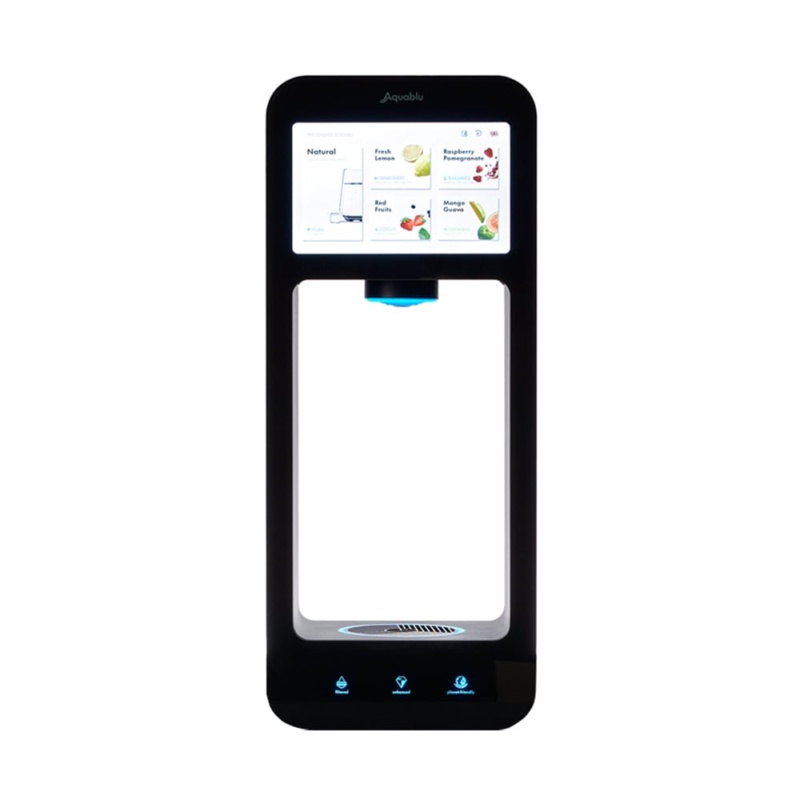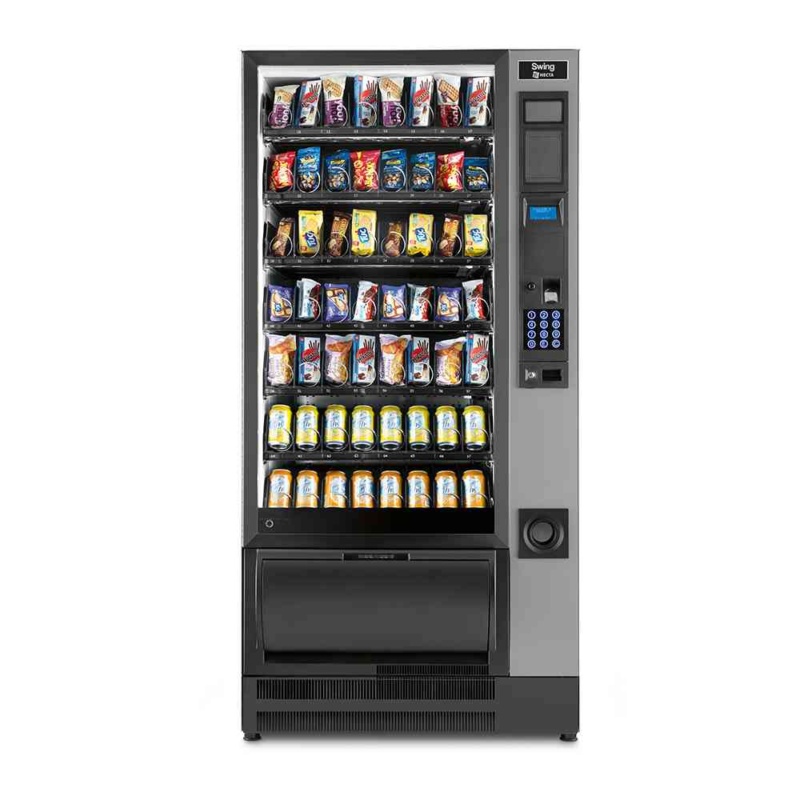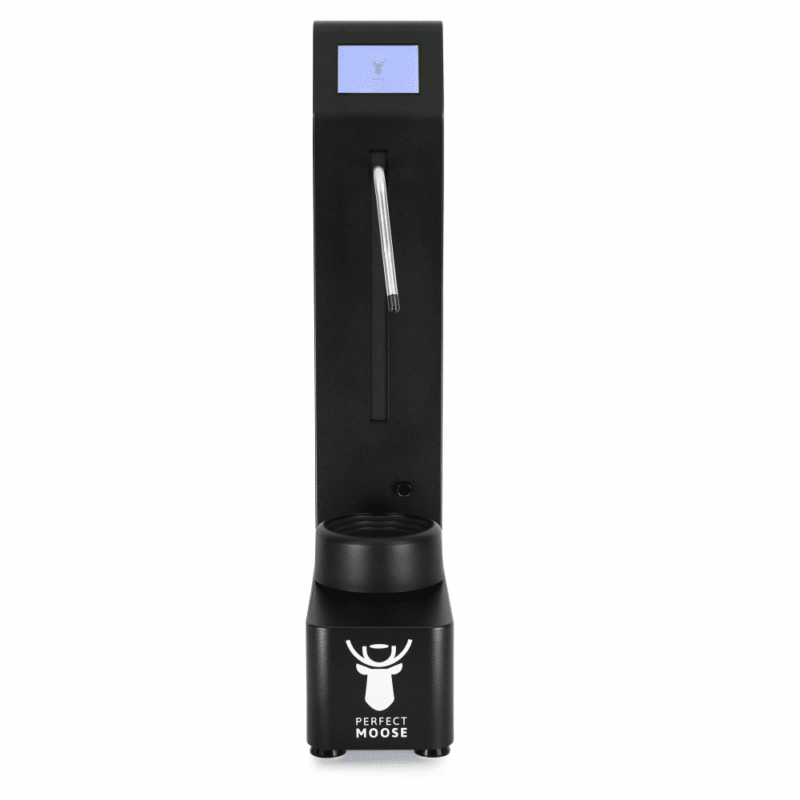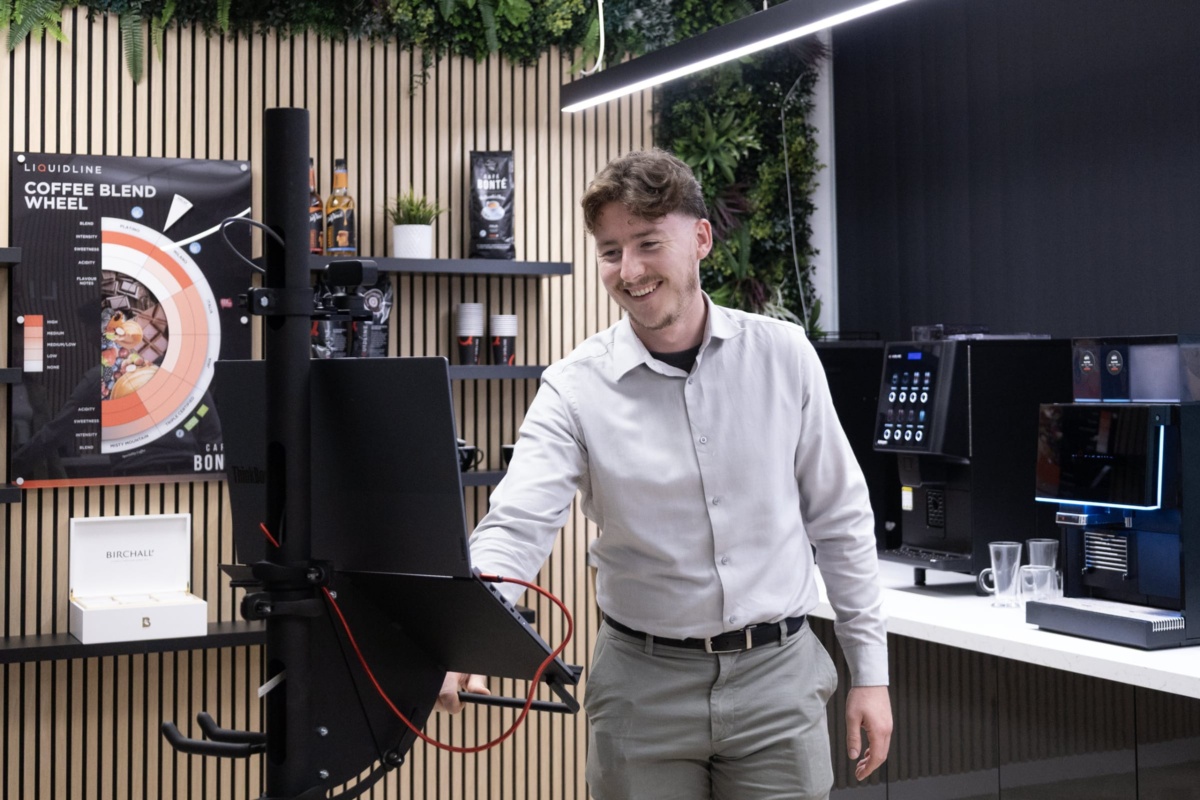5 Steps to Sustainability: How to Improve the Eco-Credentials of Your School
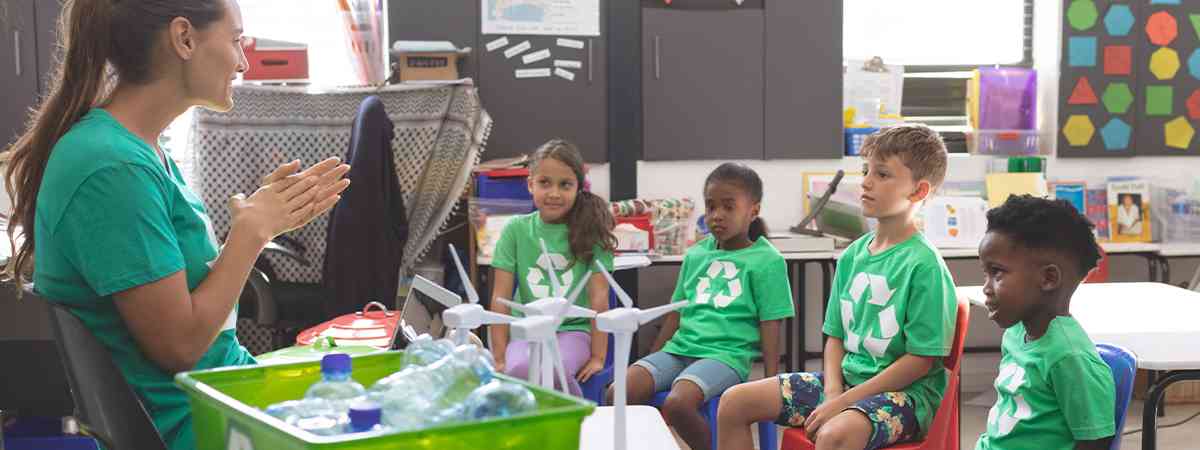
In light of the recent UN Climate Change Report, cutting carbon emissions and reducing the impact of global warming is now at the top of the agenda for individuals, businesses and public organisations, including schools. The UK’s schools currently account for approximately 2% of the country’s greenhouse gas emissions, roughly the same as the energy and transport emissions of Manchester, Newcastle and Bristol combined. Pupils are also more passionate than ever about climate change, and rightly so, as it’s them and their children who will feel the biggest impact of global warming.
With school budgets already under pressure, we look at how you can implement sustainability strategies that won’t cost the earth and could actually save you money in the long term.
Reduce Energy Consumption
Current school energy costs average between £27,000 and £80,000 per year, and with the cost of wholesale gas-only rising, this is only predicted to increase further over the coming years. By making changes to heating, lighting and cooling equipment it’s estimated that schools could save up to 20% off energy bills, as well as reducing carbon emissions. This could equate to an extra £16,000 per year to be spent directly on improving resources and facilities for pupils.
Installing renewable energy sources such as solar panels can be a smart long-term investment, but has large upfront costs. Alternatively, there are lots of small changes you can make that can add up to a big saving.
Lighting accounts for half of the electricity used in schools, so switch all lighting out for energy-efficient LED versions. It’s also important to encourage staff and pupils to turn off appliances when not in use, especially computers and interactive whiteboards, which can use significant amounts of energy even in standby mode. You can also save on your heating bills in the winter by installing draft strips on exterior doors and windows.
Eliminate Single Use Plastics
It was back in 2018 that the former Education Secretary Damian Hinds challenged schools to go single-use plastic-free by 2022, yet many schools are still reliant on plastic straws and bottles for drinking water, juice and milk.
Encourage pupils to bring refillable water bottles to school with them and install water dispensers in prominent areas throughout the school campus to promote refill habits. Not only does this reduce single-use plastics, but it keeps children hydrated, which aids health and concentration.
Milk and juice cartons sound harmless, but many neglect to consider the plastic straws. Instead, opt for a milk cooler or juice machine that uses a bag in box system to dispense fresh chilled healthy beverages into reusable cups and beakers.
Sustainable Purchasing
45% of carbon emissions from the education sector come from procurement, the day-to-day buying decisions made by each school. Whilst the evaluation of factors such as cost, overall quality and longevity are already established in the decision-making process, sustainability isn’t always taken into consideration.
Planning ahead and looking at a wide range of solutions is the best way to tackle sustainable purchasing. As well as considering more sustainable products, such as recycled paper, environmentally friendly cleaning products and energy-efficient appliances, think about how and where you purchase items. For example, delaying purchases and bundling items together into a single delivery can not only reduce delivery mileage and fuel consumption but can also save you money on delivery charges.
Sustainable Travel
The Education and Inspections Act 2006 placed responsibility on local authorities to promote the use of sustainable travel to schools. As such, all county councils have in place a sustainable school strategy containing their objectives, visions and tactics for improving accessibility to schools. However, there’s no reason individual schools can’t go one step further in tackling carbon emissions from school travel.
Set up a walking bus whereby children can walk to school supervised by an adult. The “bus” follows a set route with agreed pick up points, with both children and adults wearing high-vis vests for added safety. Parents are often the decision-maker when it comes to school travel, so addressing any concerns about safety is key to making this system work. For older children and teenagers pedometer challenges are fantastic for promoting walking to school.
Encourage cycling by providing adequate bike storage and lockers, then hold a bike cycling course and MOT day once a year whereby cycling experts come into school to service the bikes and raise awareness of cycling safety.
Promote Biodiversity
Sustainability isn’t just about reducing waste and cutting emissions, it’s also about nurturing the plants and wildlife in our immediate environment. Biodiversity programmes are a great way of getting students involved in the sustainability strategy of your school. As David Attenborough once said: ‘every child born into this world has an innate pleasure, delight, interest and curiosity in the natural world’.
Incorporate biodiversity into the science and geography curriculum by monitoring and recording biodiversity within the school grounds. Create a nature garden with wild plants and flowers, bird boxes, homes for wildlife and water habitats. Contact your local wildlife trust for more advice on wildlife gardening.
Let’s Get Started!
A great place to start when reviewing the sustainability of your school is to look at your refreshment and beverage offering, both for pupils and staff. Liquidline is a leading supplier of sustainable coffee, water, juice and vending solutions to the education sector. Not only can we help schools to save energy and reduce single-use plastic, we can also provide advice on hydration, nutrition and responsible purchasing.
Discover more about our work in the education industry, or to speak to a member of our education team please call us on 0800 849 9110 or email [email protected].
